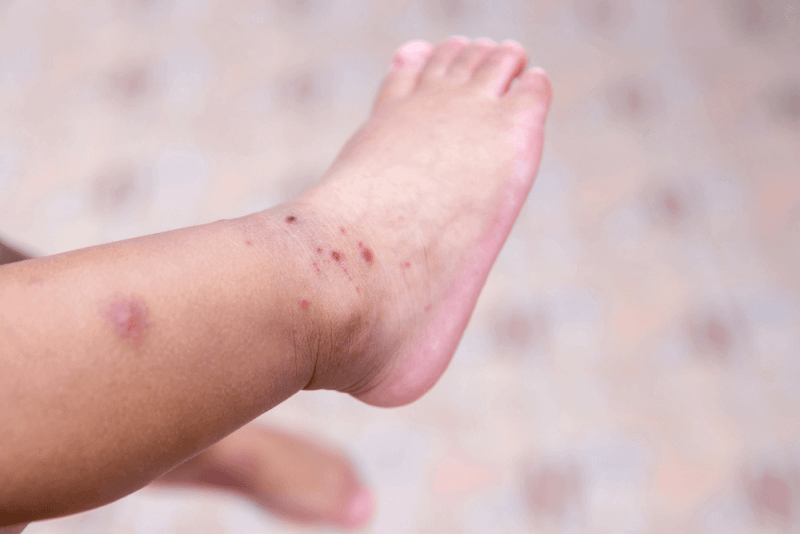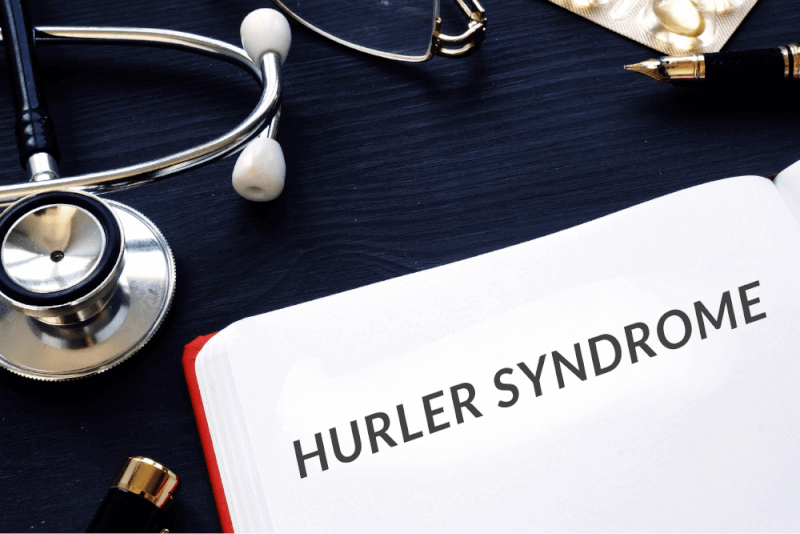Reye’s syndrome is a rare health condition that can affect people of all ages, but usually affects people under the age of 20. It is so named because it was first described by RDK Reye in Australia in 1963.
What is Reye’s Syndrome?
Rye syndrome is an extremely rare disease that causes damage to the brain and liver. It usually develops after viral illnesses such as flu and colds. For this reason, it is often associated with aspirin used in viral diseases. Symptoms of Reye’s syndrome appear between 3 and 7 days after the onset of viral diseases.
Patients’ livers cannot function due to reye syndrome, which affects the brain and liver. This leads to metabolic problems in patients. Patients may also experience swelling of the brain.
Symptoms of Reye Syndrome
Symptoms of Reye’s syndrome vary according to age. Among the symptoms seen in all age groups;
- High ammonia levels despite low blood sugar levels,
- Swelling and fatty deposits in the liver,
- Seizure formation in the brain,
- Contractions
- Loss of consciousness
- There is swelling of the brain.
In children under 2 years of age, the first symptoms of reye syndrome are as follows.
- Diarrhea,
- Rapid breathing,
The first symptoms of reye syndrome in older children include unusual sleep, persistent vomiting and lethargy. As the disease progresses, different symptoms appear. Advanced stage symptoms include the following.
- Decreased level of consciousness,
- Extreme drowsiness,
- Seizures,
- Weakness and paralysis in the arms and legs,
- Hallucinating
- Confusion or disorientation,
- Displaying angry and irrational behavior,
- Not remembering where you are,
- Not being able to recognize anyone,
- Not being able to answer questions,
- Cramps
- Coma,
Causes of Reye Syndrome
There is no clear information on why Reye’s syndrome occurs. However, it is a health problem seen especially in children who have had a viral illness after their recovery. Research on this subject has shown that aspirin used in the healing process of viral infections increases the risk of reye syndrome.
In addition to environmental pollution and genetic predisposition as causes of Reye’s syndrome, the most emphasized issue, especially by British scientists, is the use of aspirin. However, other studies have shown that Reye’s syndrome can occur even when paracetamol is used during viral illness or even when no medication is used. In addition, some studies show that drugs containing acetylsalicylic acid prescribed to reduce fever also increase the risk of reye syndrome.
Reye syndrome is caused by damage to mitochondria, one of the building blocks of cells. This cell structure, which is responsible for providing energy to cells, supports the healthy functioning of the liver. However, if the mitochondria are damaged and cannot produce the necessary energy, the liver stops functioning properly. This leads to a build-up of dangerous chemicals in the blood that can be harmful to the whole body.
How is Reye Syndrome Diagnosed?
There is no specific test to diagnose Reye’s syndrome. Because Reye’s syndrome has no specific symptoms and is rare, it can be difficult to diagnose. Urine and blood tests are used to diagnose the disease. The methods used for diagnosis are as follows:
- CT and MRI scans,
- Skin biopsy
- Liver biopsy
- Lumbar puncture,
Reye Syndrome Treatment
There is no cure for Reye’s syndrome. Treatment is therefore directed at the symptoms caused by the disease. It also aims to prevent possible complications. In severe cases, patients are treated in intensive care. If the syndrome progresses, patients may develop permanent brain damage and death.
Complications of Reye Syndrome
Serious complications can occur as a result of Reye’s syndrome. Possible complications of reye syndrome, which causes permanent brain damage, include
- Difficulty getting dressed,
- Difficulty using the toilet,
- Problems with movement and posture,
- Speech difficulties,
- Learning disabilities,
- Loss of vision
- Hearing loss
- Difficulty focusing,
- Weakening of memory,
- Coma,
- Acute gastrointestinal,
- Paralysis,
- Paraplegia,
- Septic condition
- Diabetes insipidus
- DIC,
- Aspiration pneumonia,
- Acute respiratory failure,
- Arrhythmia,
- Sudden cardiac arrest,
- Cardiovascular collapse,
Reye Syndrome in Adults
Usually reye syndrome occurs in children. However, although rare, reye syndrome has also been found in some adults. Rye syndrome in adults goes through 5 stages.
- Phase
- Headache
- Nightmares
- Blurred consciousness,
- General lethargy,
- Persistent severe vomiting,
- Rashes under the palms and feet,
- Phase
- Hyperactive reflexes,
- Severe dystrophy of the liver,
- Giperventilyatsia,
- Stupor,
- Phase
- In rare cases, respiratory arrest,
- Possible brain edema,
- Coma,
- Stage 1 and 2 symptoms,
- Phase
- Minimal dysfunction of the liver,
- Reduced response to light,
- Deepening coma
- Phase
- Hyperammonemia,
- Letarji,
- Multiple organ failure,
- Convulsion,
- Deep coma,
- Death







